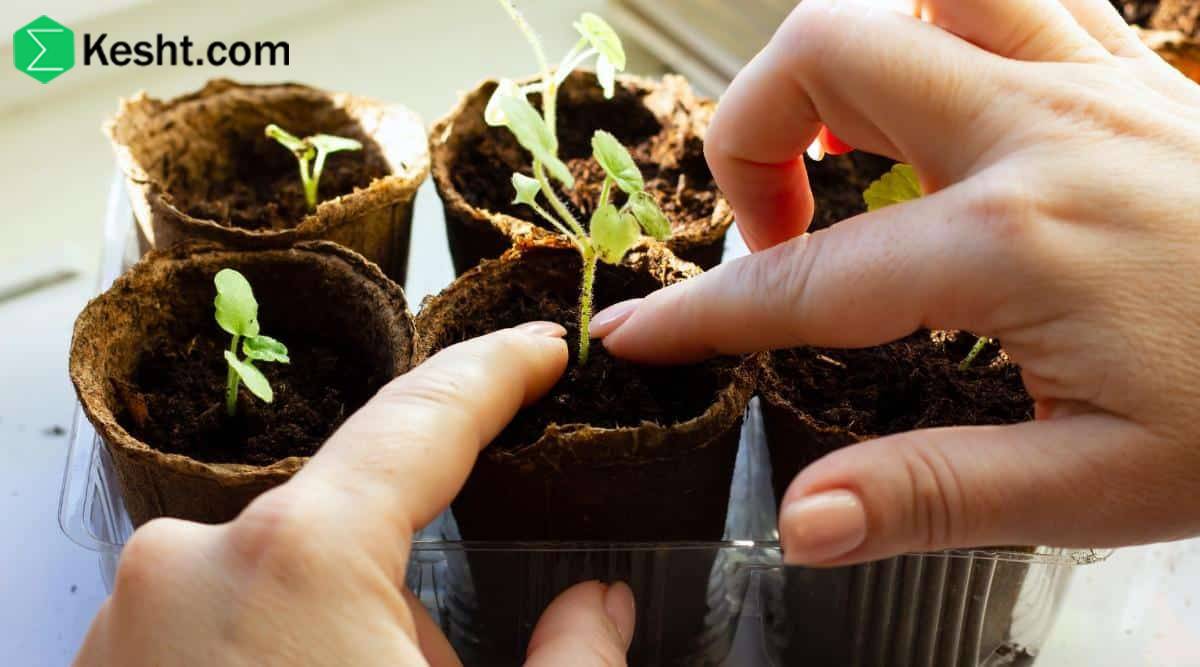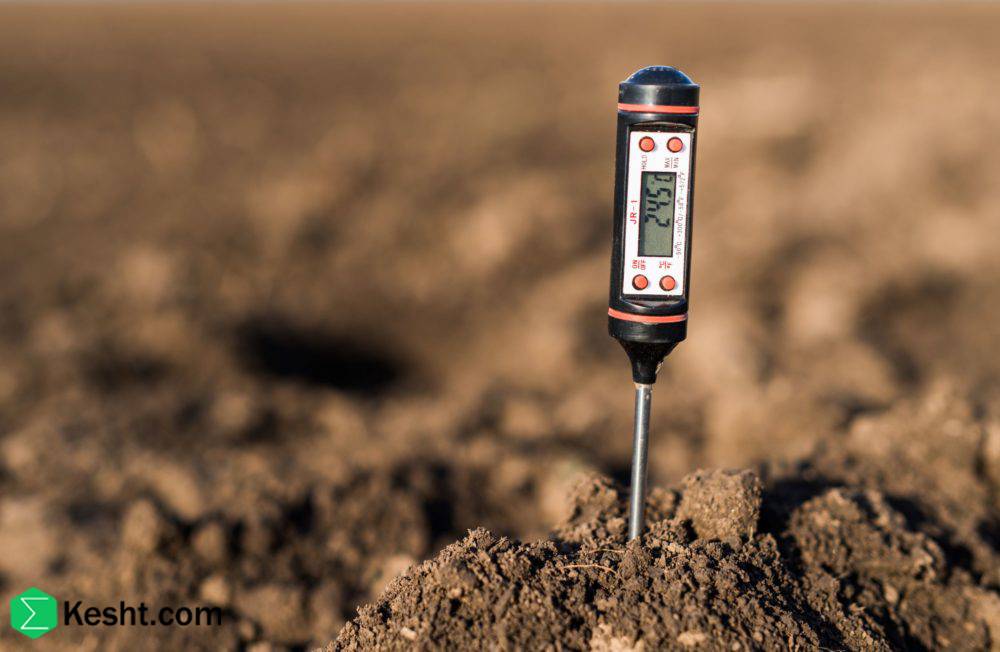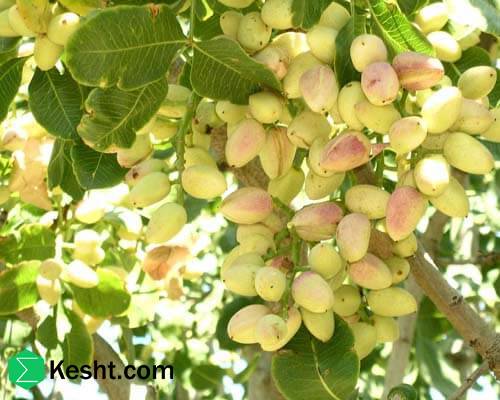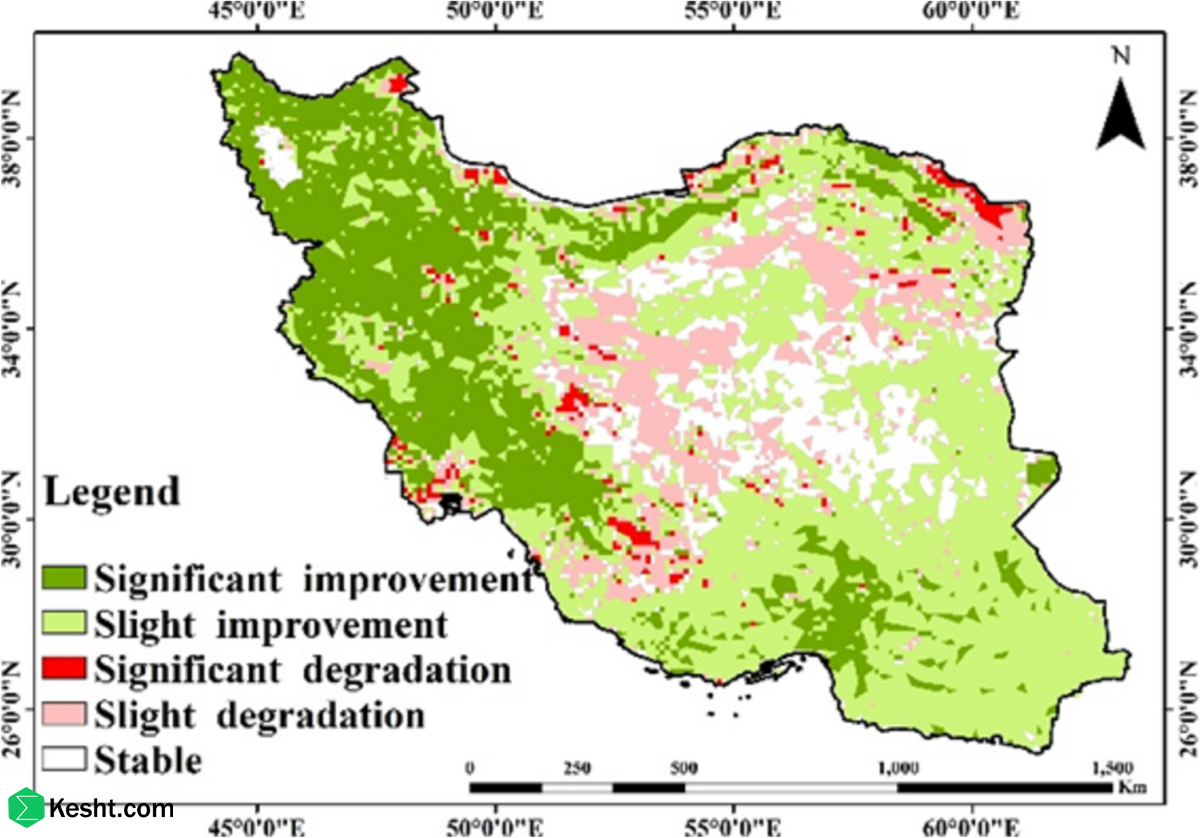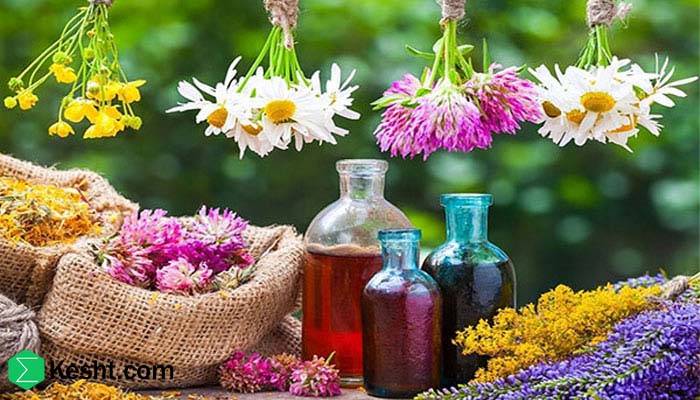How to choose the best pistachio sapling
A practical guide to selecting the right pistachio tree
- The “best” sapling = the right match of rootstock × scion (cultivar) × your site (climate, soil, water) + a reputable nursery.
- Choose the rootstock first, then the female scion, then male pollinizers. Inspect sapling quality and the health of the roots/graft carefully.
- For commercial orchards, always buy certified, grafted saplings. Ungrafted seedling trees are a high economic risk.
Step-by-step selection
Define your site conditions
- Climate: Is spring frost a risk? Is winter chill usually sufficient or borderline?
- Water: EC/SAR and problematic ions (boron, chloride). How is field drainage?
- Soil: Depth/texture, calcareous/sodic status, history of waterlogging.
- Soil disease history: Especially Verticillium or replanting after an old orchard.
- Target market: Large, export-grade nuts or domestic/processing markets.
If you are interested, it is recommended that you read the following article / article title:
Best practices for caring for pistachio saplings in year one
https://ekesht.com/en/blog/best-practices-for-caring-for-pistachio-saplings-in-year-one
Choose a suitable rootstock
- Beneh/atlantica (Pistacia atlantica / P. mutica): Good tolerance of cold, drought, and calcareous soils; slower early growth but very stable.
- UCB‑1 (P. atlantica × P. integerrima hybrid): Uniform growth, better Verticillium tolerance, handles variable conditions; a modern, lower-risk option in many areas.
- Integerrima (Pistacia integerrima): Very vigorous and relatively salt-tolerant; more sensitive to cold and Verticillium—use only in very warm, frost-free regions.
Match the female scion (cultivar) to your market and climate
- Export/market leaders: Akbari (long and large), Ahmad Aghaei (white, uniform).
- Broad adaptation/stability: Fandoghi/Ohadi, Kalleh Ghuchi (popular jumbo for domestic markets).
- Cold/frost-prone regions: favor later-blooming local selections/clones; Fandoghi/Kalleh Ghuchi are often more stable.
Plan male pollinizers from the start
- Approximate ratio: 1 male tree for every 8–10 female trees.
- Plant two male types with slightly staggered bloom to ensure overlap with your female cultivar(s).
Buy from a reputable, certified nursery
- Documentation: rootstock name, female cultivar, age, production method, phytosanitary/quarantine certificate.
- Track record: ability to visit mother blocks/greenhouse, official invoice stating rootstock and scion.
- For UCB‑1: ask about controlled-cross seed source; precise labeling of each sapling matters.
If you are interested, it is recommended that you read the following article / article title:
Economic benefits of planting hybrid pistachio seedlings
https://ekesht.com/en/blog/economic-benefits-of-planting-hybrid-pistachio-seedlings
Physical inspection at purchase
- Age and caliper: 1–2 years old; collar diameter ~0.8–1.5 cm (uniform).
- Graft: graft union 15–25 cm above soil; well-healed, no cracks/gumming.
- Roots: straight, healthy taproot without severe circling or girdling (pot-bound roots are a red flag). Potting mix uniform, no foul smell.
- Top growth: uniform, free of wounds/sunburn; no excessive competing shoots. Trunk whitewashed.
- Labeling: each sapling individually tagged with rootstock/scion (not just a row tag).
Sapling type and handling
- Container/bag-grown is preferred in pistachio to preserve a straight taproot; bare-root is possible only with great care and in the proper season.
- Transport: protect roots/containers from heat and drying winds; on arrival, irrigate slowly and thoroughly.
Quick guide table (your conditions → suggested combination)
| Condition | Suggested rootstock | Common female cultivars | Management note |
| Moderate/high spring frost risk | Beneh/atlantica | Fandoghi/Ohadi, Kalleh Ghuchi, later-blooming local clones | Choose male pollinizers with matching bloom; select sites with good cold-air drainage |
| Verticillium/replant history | UCB‑1 | Akbari, Ahmad Aghaei, Fandoghi | Soil hygiene, tool disinfection, avoid waterlogging |
| Higher salinity/SAR water | UCB‑1 (where frost isn’t severe) or atlantica | Akbari/Ahmad Aghaei/Kalleh Ghuchi | Plan periodic leaching and manage SAR (gypsum/acidification) |
| Very hot, frost-free region | Integerrima or UCB‑1 | Akbari/Ahmad Aghaei | Remember integerrima’s Verticillium sensitivity |
| Shallow/rocky soils | Beneh/atlantica | Fandoghi/Kalleh Ghuchi | Wider spacing and precise irrigation |
Healthy-sapling purchase checklist (take this with you)
- Certificates and ID: rootstock/scion/age/health clearly stated.
- Batch uniformity: minimal variation in height and caliper.
- Roots: no circling, no wounds, no off-odors; clear drainage water.
- Graft: clean, fully healed; correct height; no cracks/gumming.
- Trunk: whitewashed, no sunburn/splits; suckers removed.
- Labels: on every individual sapling.
- Ask the nursery: rootstock source (e.g., UCB‑1), scion source, grafting date, pre-delivery care.
Common red flags
- Ungrafted seedling trees for a commercial orchard: no.
- Pot-bound (“root circling”) containers or low/hidden graft union: future problems.
- Overly thick or excessively tall saplings at a young age: may indicate poor management.
- No individual labels or vague answers about rootstock/scion identity.
If you are interested, it is recommended that you read the following article / article title:
Methods for producing hybrid pistachio seedlings
https://ekesht.com/en/blog/methods-for-producing-hybrid-pistachio-seedlings
We are the “ekesht” platform — a subsidiary of Samin Atlas Iranians and the only official exporter of BlueLabel seedlings in Iran
Why Blue Label?
Because the world only trusts these seedlings!
Ordinary seedlings (without labels or other labels), even if one of them is infected, can destroy your entire garden — without you realizing it!
But the advantage of Blue Label seedlings:
✅Each of them has a global barcode
✅Tested in advanced laboratories
✅Free from any viruses and microbes
✅The only seedlings that are allowed to be legally exported!
This is important for you if:
- You want to build a garden that is productive and hassle-free
- You are looking for a long-term investment in gardening
- You want to start without stress, without losses, without surprises!
Blue Label seedlings = peace of mind
Because when the seedlings are healthy, the garden stays healthy — and real profits come!
Contact us now — before a random seedling destroys your garden!
Healthy Seedlings = Fruitful Garden = Smart Investment
And that’s exactly what we do at ekesht.
ekesht platform (with fifteen years of practical and successful trade experience with Russia, Kazakhstan, Iraq, China, Turkmenistan, Turkey, etc.) is ready to cooperate with people active in the field of agriculture.
For more information and additional information, please contact us via social media, phone call or email
Phone number:
Email:
Social media address:

